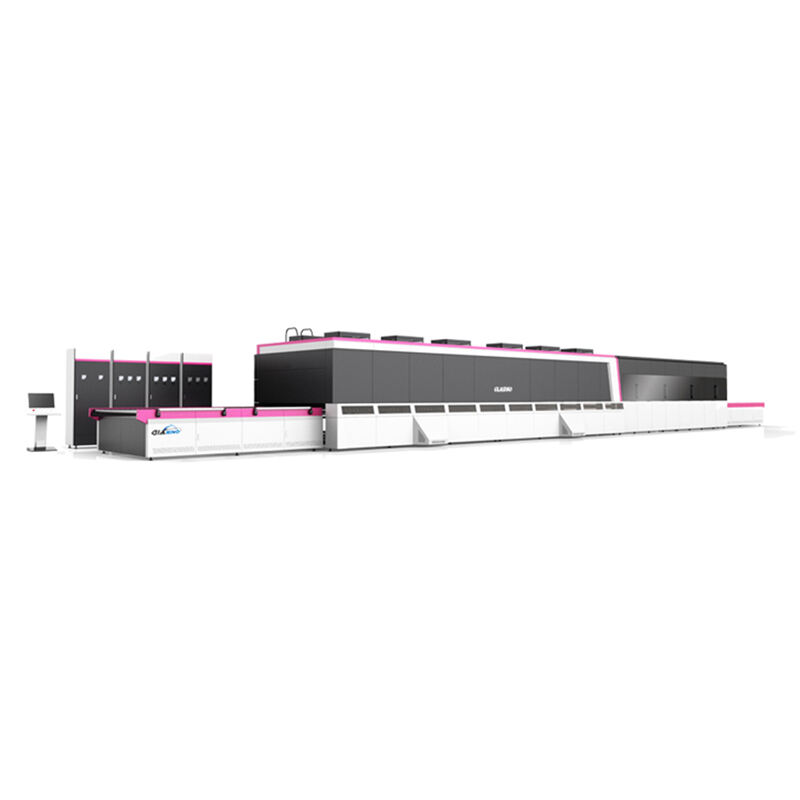Making various things from metal is a fun and creative way to experience in real life. One of the most important pieces of equipment used by metalworkers is a tempering furnace. This type of furnace is specifically created to add strength and durability to metal. In this post I am going to explain you how tempering furnace works, How it strengthen the metal and last but not least where do we use tempered metal in real life.
To truly appreciate the inner workings of tempering furnaces, it is necessary to first explore how metal actually gets its strength. A metal is built of tiny grains, and the strength originates from these conspiratorial pieces. These are real small tings and they come in various styles. In the heating process of metal, grains actually move away from each other and makes the material softer which leads to weakening of it. However, when metal cools down the grains grow larger and you get hardness and strength.
A tempering furnace heats the metal to a controlled temperature and then cools it slowly. This process of heating and cooling is most important, as it helps the grains coagulate in such a manner that still be able to strengthen the metal but also making sure its bond together. A tempering furnace can give metalworkers the properties they need in order for a large range of applications to be possible.
Stress pertains to the amount of pressure, or force a metal can take before it breaks. Especially when it comes to safety, metal products must be able to absorb enormous components and ensure function. By way of instance, a structure or construction ought to be constructed from iron steel for being able to carry structural loads and continue standing solid. That is why tempering in metalworking so important!

A tempering furnace is one of the crucial tools in metallurgical application as it contributes a lot to make metal more worthwhile. Some of these qualities are: its strength, hardness,toughness and ductility( how much it can bend without breaking). Metal is something which can be heated in a tempering furnace, it will soften and with this more malleable as well, so we are able to change into several shapes.

Tempering is one of the most vital lines in a metalworking process. If it were not for this crucial process, steel assemblies would at best be weaker and less capable of handling all the forces that they are exposed to. For instance, metal that is not tempered could snap or bend when force on it. Tempering ensures that metal is versatile enough to be effectively used in construction, transportation and all kinds of other manufacturing processes.

Manufacturing is another field in which tempered metal see a great deal of use. This is a common steel product in the industry and most big factories also deal with machine parts which need to be particularly reliable and cannot break because it may lead on any kind of accidents. These components are essential for substances operating errors free security. In addition, tempered metal is also significant in engineering. Just take for example, aerospace and other motor vehicle applications where tempered steel is commonly found throughout the design to construction process. It does so, because it is able to be strong and hold its form even when subjected to a lot of stress.
Our tempering furnace has the benefit of economies of scale thanks to the introduction of modern production equipment and technology the manual process can be reduced Additionally the production speed of the most efficient equipment is typically quicker allowing it to quickly finish the task of production and boost the speed and efficiency
The factory is tempering furnace on the development of new production technologies Develop new technologies and innovate with the use of existing technologies Enhance the production techniques Stay competitive in your market
The factory adapts its production strategy to market conditions, and it maintains its competitive edge. Create flexible production lines, and use tempering furnace to meet the market's demand. Make adjustments to production plans in the basis of time.
Strict quality inspection is conducted to decrease the rate of defective products and improve the customer's satisfaction. A solid quality tempering furnace is in place to guarantee continuous quality management. Improve testing and inspection methods